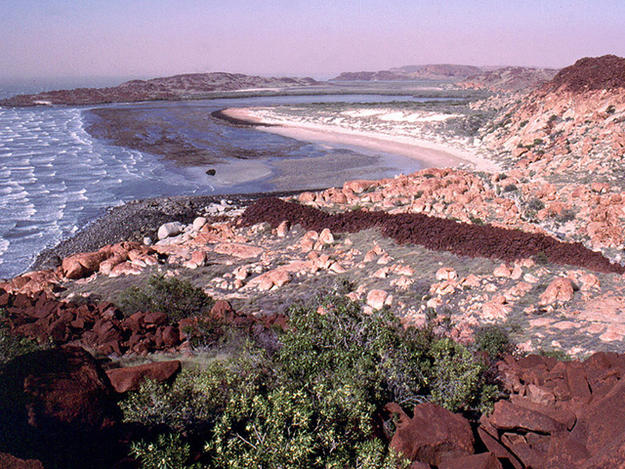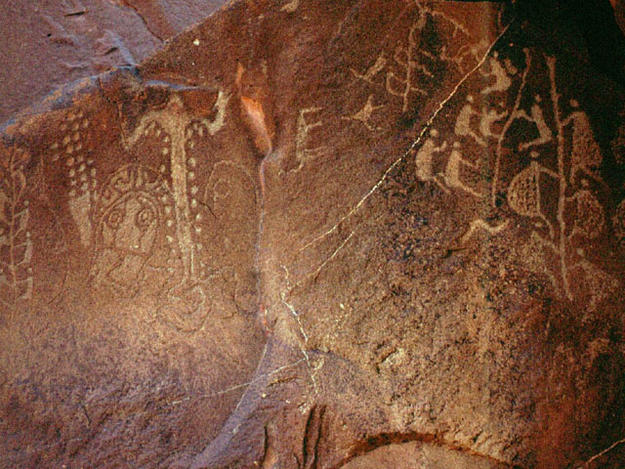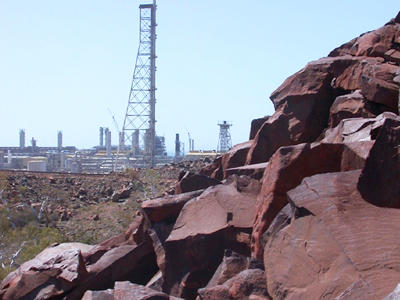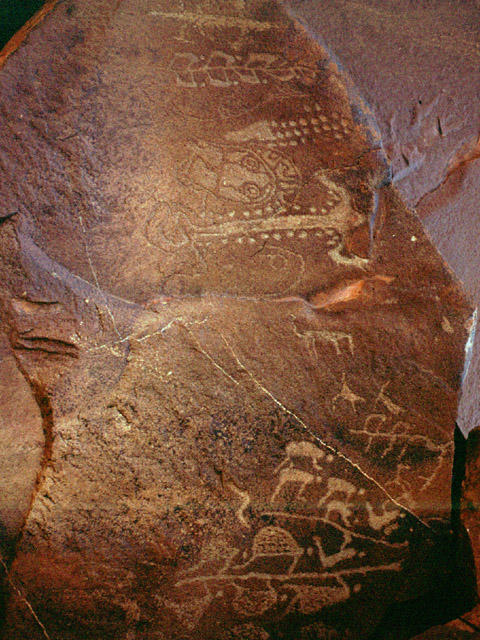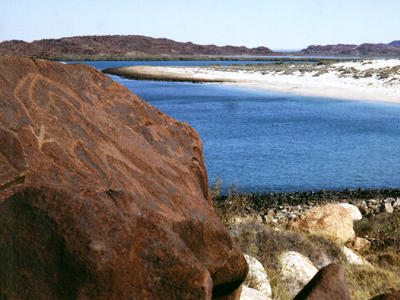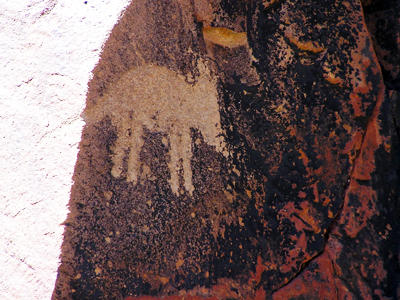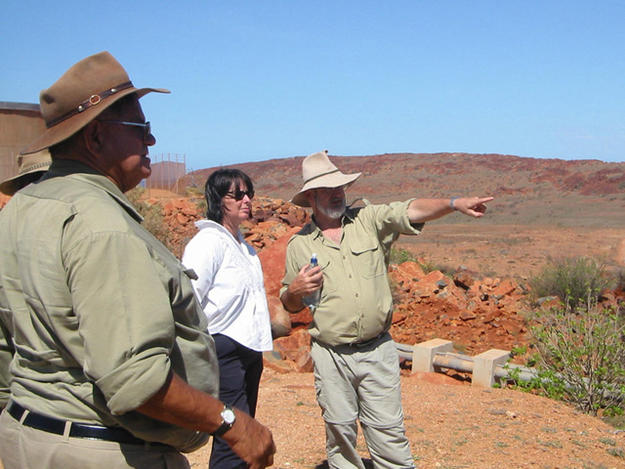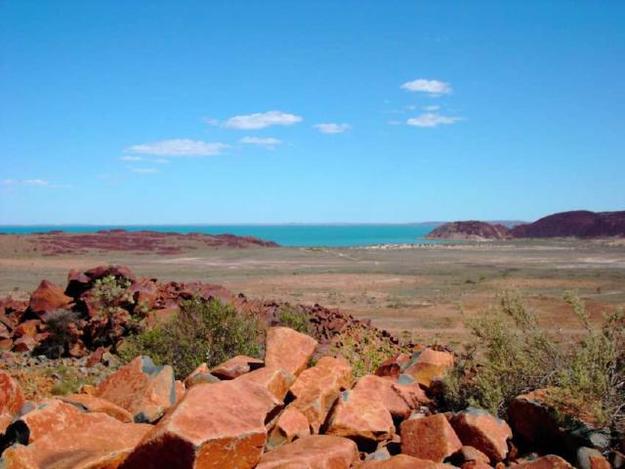The Dampier archipelago stretches from northwestern Australia into the Indian Ocean, its landscape marked by crags and ridges that were formed by the erosion of Precambrian lava activity. For 10,000 years, Aboriginal people have carved images into the rock faces, creating a cultural record that spans millennia and possibly begins with the first settlement in Australia. The islands are estimated to hold close to one million engravings and 2,500 archaeological sites, including quarries, shell middens, and campsites. The petroglyphs themselves possess a stunning range of style and subjects; geometric designs accompany human and animal portrayals, including several depictions of the now-extinct Tasmanian tiger. The carvings played a role in both the secular and sacred practices of the Aboriginal population. The indigenous peoples still living in Dampier today believe that the images are spiritually powerful symbols that represent the law and their traditions.
2004, 2006 and 2008 World Monuments Watch
When Dampier was declared endangered by the National Trust of Australia, 20 percent of the petroglyphs had already been destroyed by industrial growth and construction. The Australian Rock Art Research Association advocated for the site to be designated a national park but the task was difficult because of opposition from industry and the lack of a comprehensive survey of Dampier’s treasures. WMF placed the site on the Watch in 2004, 2006, and 2008. In 2004, the site received an American Express grant through WMF to finance the necessary research to secure Dampier’s place on Australia’s National Heritage List. WMF also recommended preservation strategies and proposed alternate locations for industrial expansion.
Fifty years ago, Dampier was the largest of 42 islands forming the Dampier archipelago, but industrial activity in the 1960s connected it to the mainland, and it is now known as the Burrup Peninsula. In addition to altering the geography, the industrial facilities polluted the air with greenhouse gases and dust that damaged the rock art. Proposed further industrial growth would have destroyed a third of the surviving petroglyphs and put even more at risk of degradation by pollutants in the air. Beginning with local organizations in Perth and Karratha, concerned groups banded together and launched an international campaign called “Stand Up for the Burrup.” Communities across the globe took pictures with that message in front of their own cultural monuments. The campaign is ongoing. The native Wong-Goo-Tt-Oo, Ngarluma Yindjibarndi, and Yaburara Mardudhunera peoples joined in objecting to the development and partnered with the Australian Rock Art Research Association to maintain the area. Now that a management plan has been conceived, there is enormous potential for archaeological research into understanding the settling of Australia, climate change, and many other questions this unique site poses. The boulder-strewn hills of Dampier constitute a cultural landscape of immense importance for historical and anthropological investigation. Despite the surge of international support, industrial interests continue development on the Burrup and the situation remains tense.

